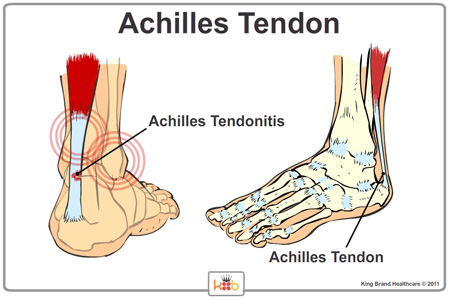Overview
Hammertoe is a condition that develops in the presence of pressure, where the bending of the toes at the joints (one or more at a single time) can lead to problems walking. Hammertoes usually start off as a minor problem, with slight discomfort noticed, and progress as time continues. In the earlier stages, the hammertoe is flexible, and can be treated through non-surgical methods. However, not treating a hammertoe in it’s earlier stages will result in it becoming more ridged and therefore, progressively less responsive to non-surgical treatments.
Because of the progressive nature of the hammertoe, it should be looked after immediately. Hammertoes do not get better on their own.
Causes
The most common cause of hammertoe is muscle/tendon imbalance. This toe-bending imbalance is a direct result from a structural change in the foot that may occur overtime in some people. A leading cause in this imbalance comes from inadequate fitting shoes, which forces a toe to bend in a cramped location, for an extended period of time. Occasionally, a hammertoe can steam from earlier drama to the toe. In some people, hammertoes are inherited.
Symptoms
Common symptoms include:
- Pain or irritation of the affected toe when shoes are worn
- Corns and calluses on the toes, between two toes or on the ball of the foot
- Inflammation, redness
- Bent shape of the toe
- In severe cases, open sores may form on the top ridge of the toe
Diagnosis:
Although hammertoes are readily apparent, you should visit your family chiropodist to obtain a thorough history of your symptoms and for a foot examination. During your physical examination, the chiropodist will attempt to reproduce your symptoms by manipulating your foot and will study the shape and bending of your toes.
Hammertoes are progressive – they don’t simply go away, and will get worse overtime. Not all cases are alike – hammertoes can progress more rapidly in some cases then others. Your chiropodist will evaluate your hammertoe, and start you up on a treatment plan that is suited for you.
Non-Surgical Treatments
The most common of non surgical treatments are changes in shoewear and the implementation of orthotic devices that will help control the muscle/tendon imbalance. Splinting/strapping may be implemented to align the bent toe as well.
Consult your chiropodist today!


